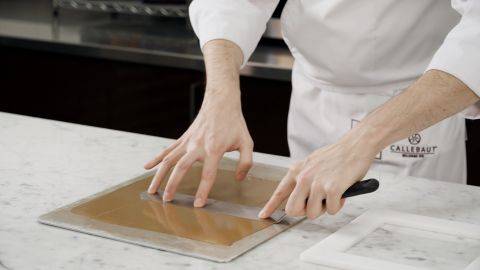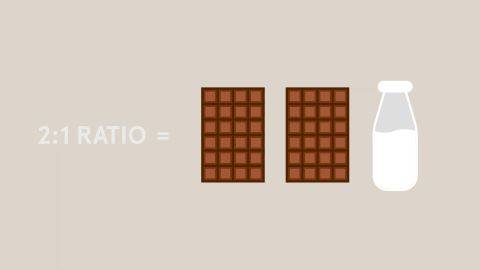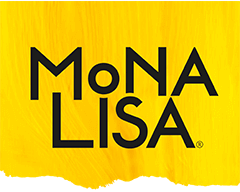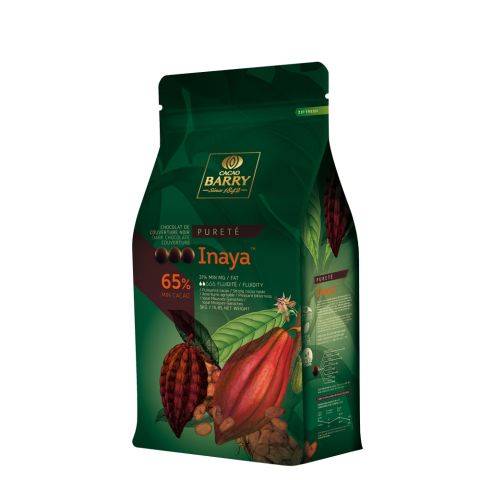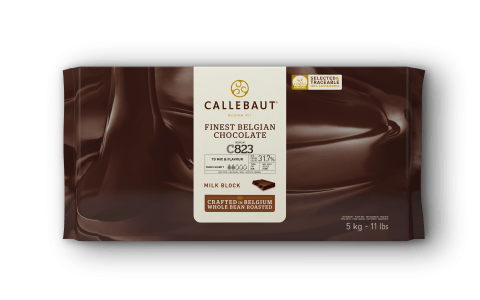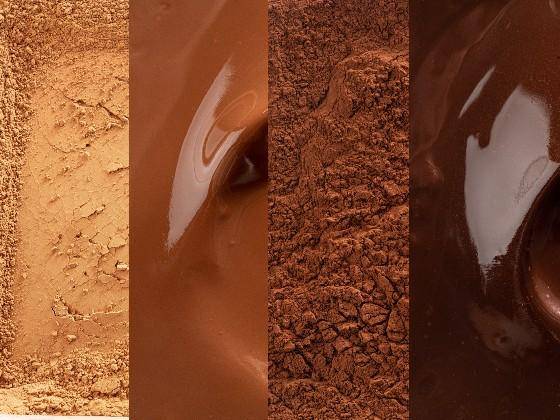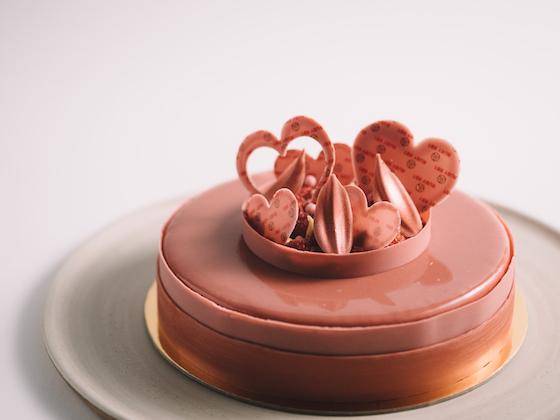Shelf Life: Natural and Chemical Preservatives for Chocolate Confections
Shelf Life: Natural and Chemical Preservatives for Chocolate Confections
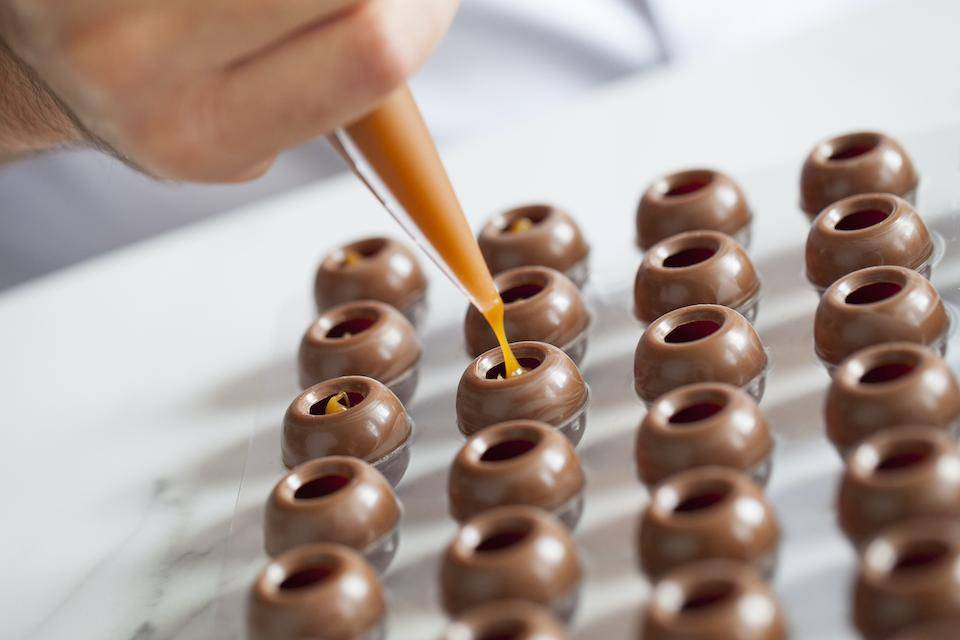
This second article in our shelf life guide looks at the preservation methods available to chefs and confectioners for extending shelf life by adjusting both internal and external factors affecting the finished product. Subsequent articles take a deep dive into water activity, storage, and more.
Previous Article
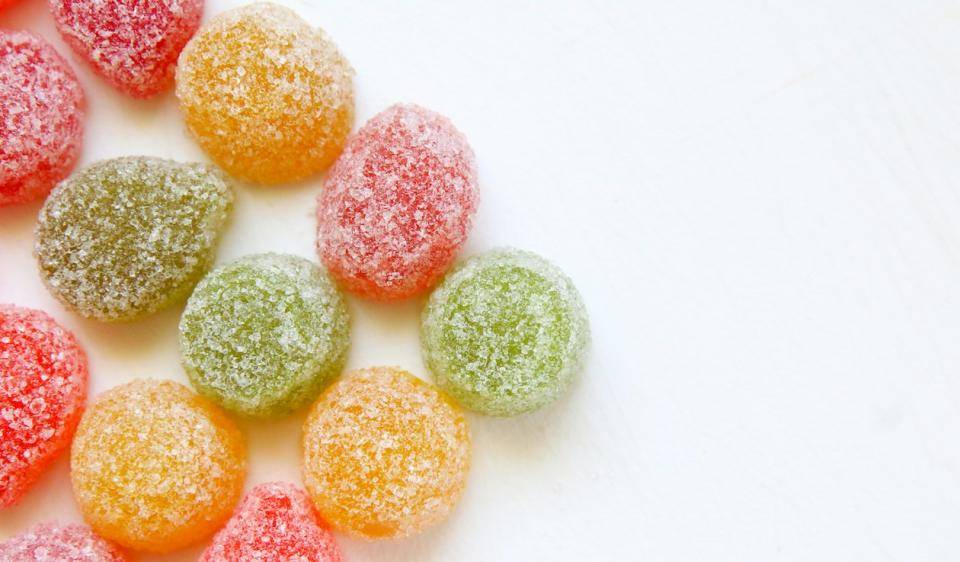
Making pâte de fruit (fruit jellies) is one way to preserve fruit puree.
Basics of Food Preservation
Goals of Food Preservation:
- To preserve the natural characteristics of food
- To maintain the appearance of food
- To increase the shelf life of food for storage
Food preservation is one of the oldest technologies humans use to avoid spoilage. Methods and ingredients have evolved as our knowledge of food science, and microbiology has increased.
Overall, a chef seeks to prevent or minimize the introduction of disease-causing bacteria through good hygiene practices and then to slow down the activity of microorganisms from other sources or kill them altogether. This, coupled with other methods and practices, will prevent unwanted physical changes in the product over time.
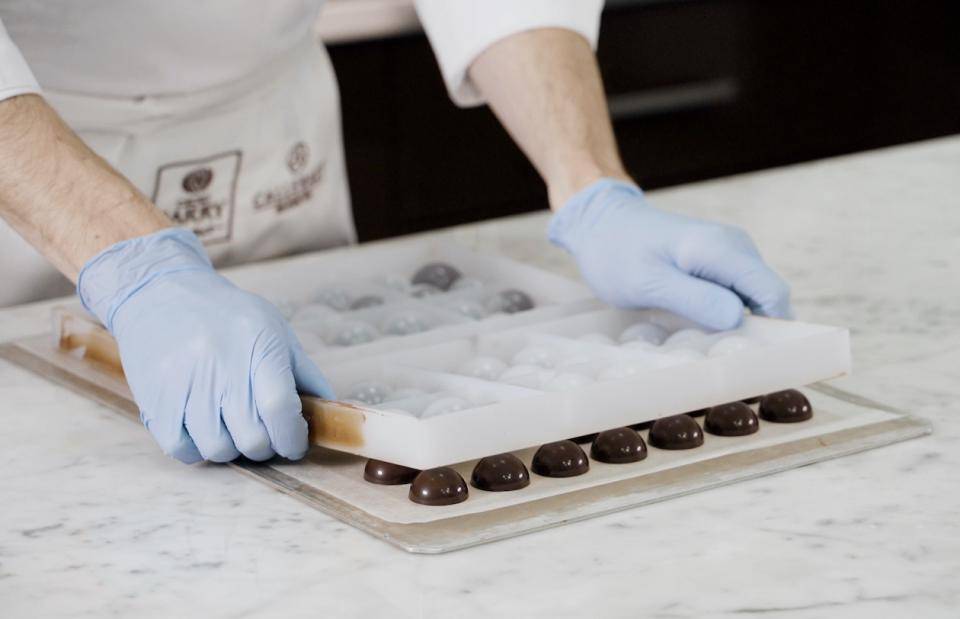
Methods of Confectionery Preservation
There are many different methods by which food can be preserved, but not all of them apply to chocolate confections and other candies. Smoking and pickling, for example, are generally not seen in the chocolate shop or pastry kitchen when preparing bonbons or tablets for storage.
The options available to chefs working with chocolate include:
- Boiling ingredients or preparations
- Reducing moisture content through ingredient selection and recipe balancing
- Adding natural preservatives such as sugar
- Practicing good hygiene
- Having good storage practices such as temperature control and modified packaging techniques such as vacuum packing
- Freezing
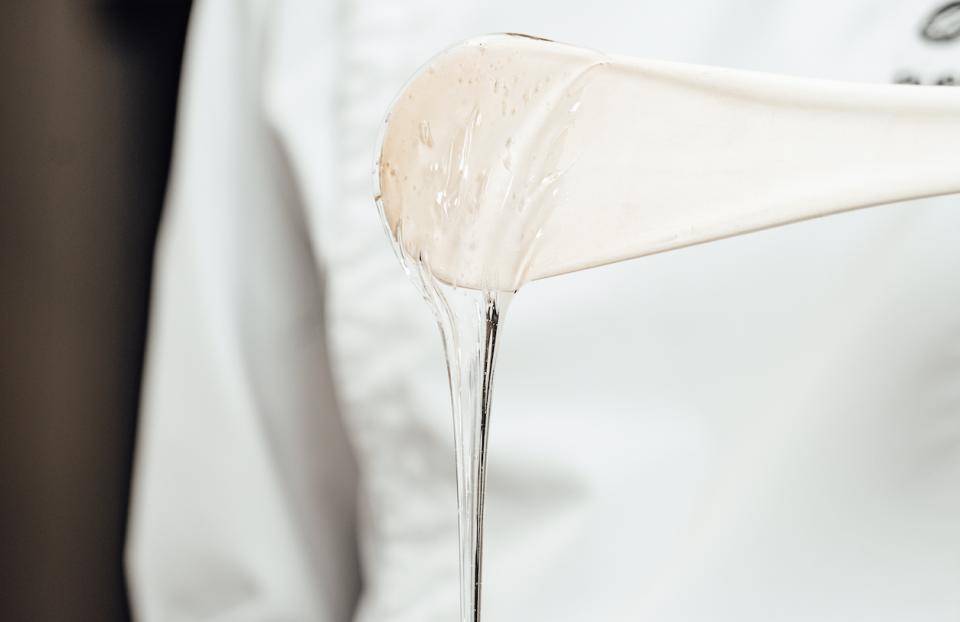
Glucose is an invert sugar that can help extend shelf life.
Natural Preservatives in Confectionery Items
A simple tour around the pantry will produce various natural food preservatives, such as sugars, alcohol, salt, vinegar, and spices. These traditional preservatives in food are also used at home while making pickles, jams, preserves, and the like. Sugars and salt are the earliest natural food preservatives that efficiently combat the growth of bacteria in food.
Sugars
Sugars have long been used in the confectionery industry to impart a specific taste and extend the preservation of various products. A wide selection of sugars is available to the confectioner, and the properties of each must be understood to utilize these products to their full advantage. A guide on common sugars used in confections is coming soon!
Salt
Salt is a powerful preservative, but only in relatively high concentrations, and thus, we cannot use it for its preservation abilities. The nature of confections is not to exhibit a salty taste; therefore, salt is only used as a flavor enhancement.
Acids
Acids are also useful preservatives which aid in the lowering of pH, which is a powerful means of extending shelf life; however, like salt, acids impart a taste that is generally not desired in confections, and therefore, acids typically cannot be used in sufficient quantity to extend shelf life.
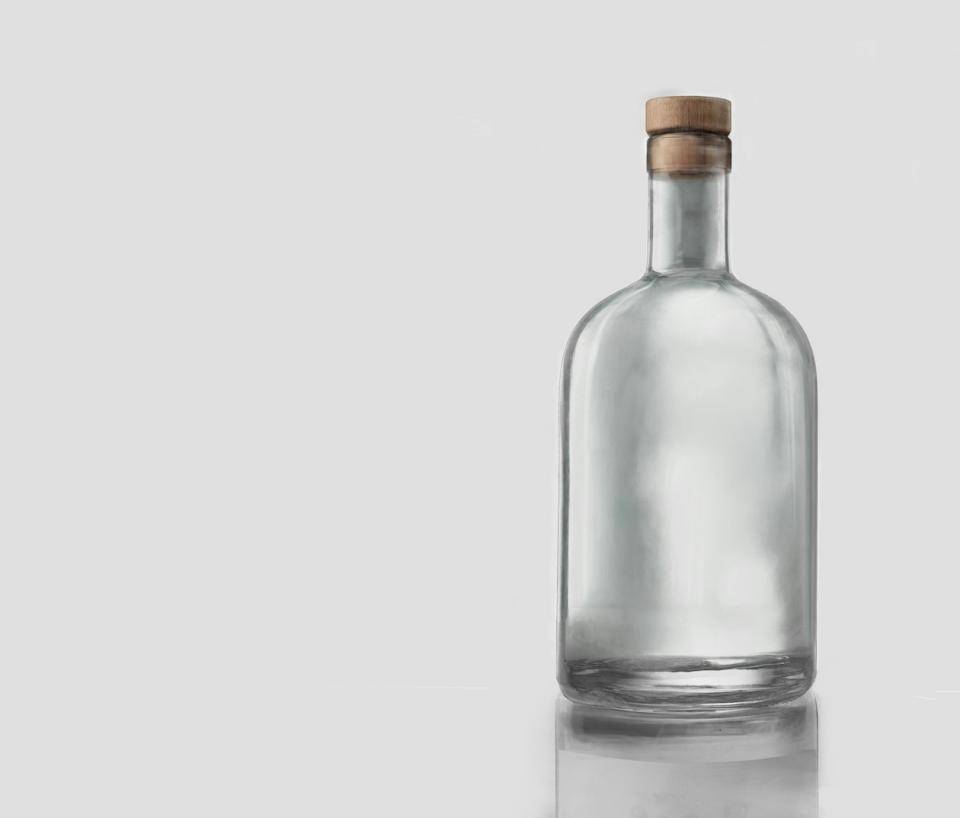
Some brands of grain alcohol can be up to 96% alcohol, but regulations regarding its sale can vary, and it can be hard to obtain, even for use as an ingredient.
Alcohol
Alcohol is seldom used for its preservative qualities in ganache, as it can have the opposite effect. The increased moisture content - and possibly increased sugar content - from the alcohol makes the ganache very soft and shortens the shelf life. Typically, alcohol is used only when a specific flavor, such as whiskey or cognac, is desired.
In order to employ alcohol to extend shelf life, one will need to use pure alcohol (+/- 96%). While it is an option, using alcohol in your products has several drawbacks:
- The amount of alcohol required to achieve an ideal shelf life results in products that are not legal for sale in many countries.
And while alcohol in any amount does help with shelf life, it is not a silver bullet for extending shelf life for many reasons:
- Contributes a “hot” alcohol taste
- Reduces audience, as many people do not consume alcohol
- Greatly increases food cost
- Interferes with Water Activity testing (prevents accurate results)
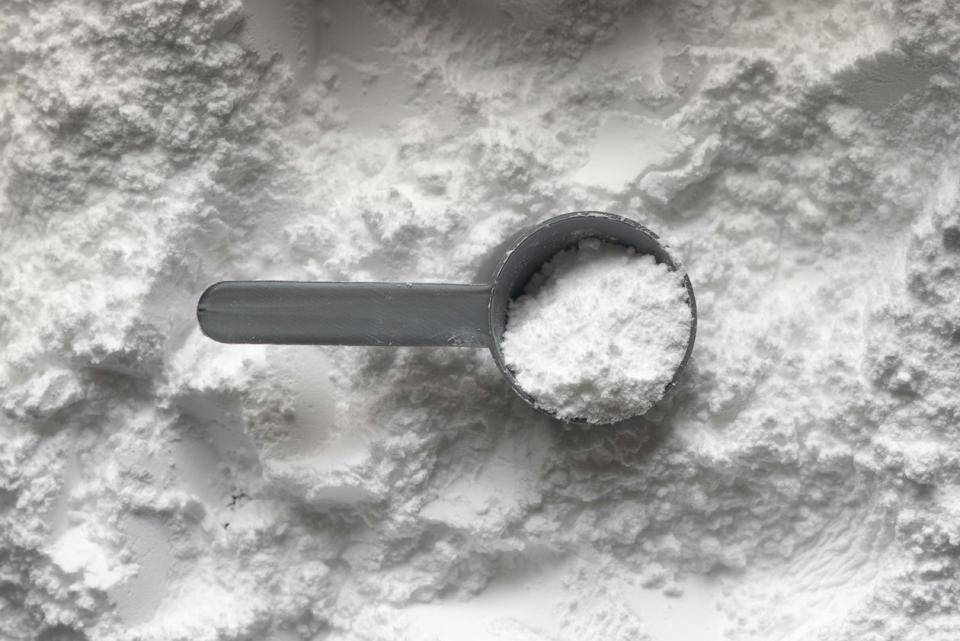
Chemical Preservation
All food naturally contains some amount and combination of carbohydrates, fats, protein, and water. When these are combined, especially if oxygen is present, it creates perfect conditions for the growth of microorganisms, and this is, to some extent, unavailable. So it is perfectly acceptable to use approved preservatives to prevent the development of molds, bacteria, and yeasts and to make it possible to keep a product for an extended period.
Chemical preservatives work by changing the conditions inside the foodstuff so that microorganisms are unable or barely able to grow, or the substance may be specifically lethal to microorganisms.
Authorized preservatives are given an E-number in the range of 200-299. Two authorized preservatives are Postassion Sorbate (E202) and Calcium Sorbate (E2023)
If you feel preservatives are right for your business, know that your choice of preservatives is limited for the following reasons:
- Most preservatives only work in low pH environments, and this low pH usually causes the ganache to curdle or provides an undesirable flavor.
- The most common preservatives, the sorbates, only help against fungi.
Typically, preservatives are avoided in artisan products to protect the image of the product and thus are not considered further in this guide.



